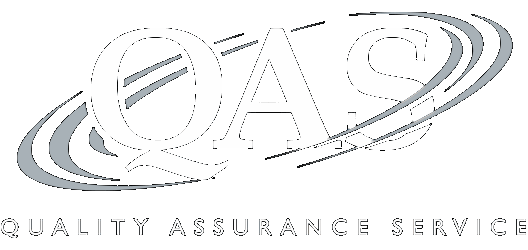Tax Reporting for Grantor Trusts: Utilizing Optional Methods in Treas Regs 1.671-4(b); SLATs, GRATs, QPRTs, and IDGTs
Recording of a 110-minute CPE webinar with Q&A
This webinar will discuss the tax reporting responsibilities of grantor trusts. Our panel of transfer tax experts will examine the specific reporting obligations of SLATs, GRATs, QPRTs, and other common grantor trusts for trust and estate advisers responsible for the tax reporting for these entities.
Outline
- Grantor trusts: introduction
- Types of grantor trusts, including SLATs, GRATs, QPRTs, and IDGTs, and use of grantor trusts in advanced estate planning
- Income tax reporting issues, including optional reporting methods, changing reporting methods, death of the grantor, S Corp eligibility, and trust decanting
- Gift and GST tax reporting issues
- Examples
- Best practices
Benefits
The panel will review these and other critical issues:
- Income and transfer tax issues applicable to grantor trusts
- Properly reporting grantor trust income and expenses under Optional Method 1 of Treasury Regulation 1.671-4(b)
- When an EIN is and is not required for a grantor trust
- Satisfying income tax reporting obligations for grantor trusts without filing Form 1041
- Examples of reporting income and expenses from specific grantor trusts to grantors
Faculty

Griffin H. Bridgers
Member
Hutchins & Associates
Mr. Bridgers' practice encompasses all areas of private wealth and family business. In addition to estate... | Read More
Mr. Bridgers' practice encompasses all areas of private wealth and family business. In addition to estate planning and estate administration, he is experienced in mergers and acquisitions, taxation, business transactions, franchising, commercial contracts, asset protection, executive compensation, employee benefits, qualified and non-qualified retirement plans, and nonprofit organizations. Mr. Bridgers counsels closely-held and family businesses, and nonprofit organizations, with their planning, succession, and liquidity needs in a variety of industries including tech, restaurant and retail, healthcare, manufacturing, construction, real estate, financial services, consulting, and professional staffing.
Close
Christopher C. Weeg, J.D., LL.M., CPA
Partner
Comiter Singer Baseman & Braun
Mr. Weeg, partner with Comiter Singer, is Board Certified in both Tax Law and in Wills, Trusts and Estates and is also... | Read More
Mr. Weeg, partner with Comiter Singer, is Board Certified in both Tax Law and in Wills, Trusts and Estates and is also a licensed CPA. His law practice includes drafting wills and trusts; advising on income, gift, estate, and GST tax issues; forming business and nonprofit entities; and probating estates. Mr. Weeg is experienced in the preparation of gift and estate tax returns, representation of executors in all phases of estate administration, and creating comprehensive estate plans tailored to meet clients’ personal objectives in a tax efficient manner. He is licensed to practice law in Florida and Texas.
Close
